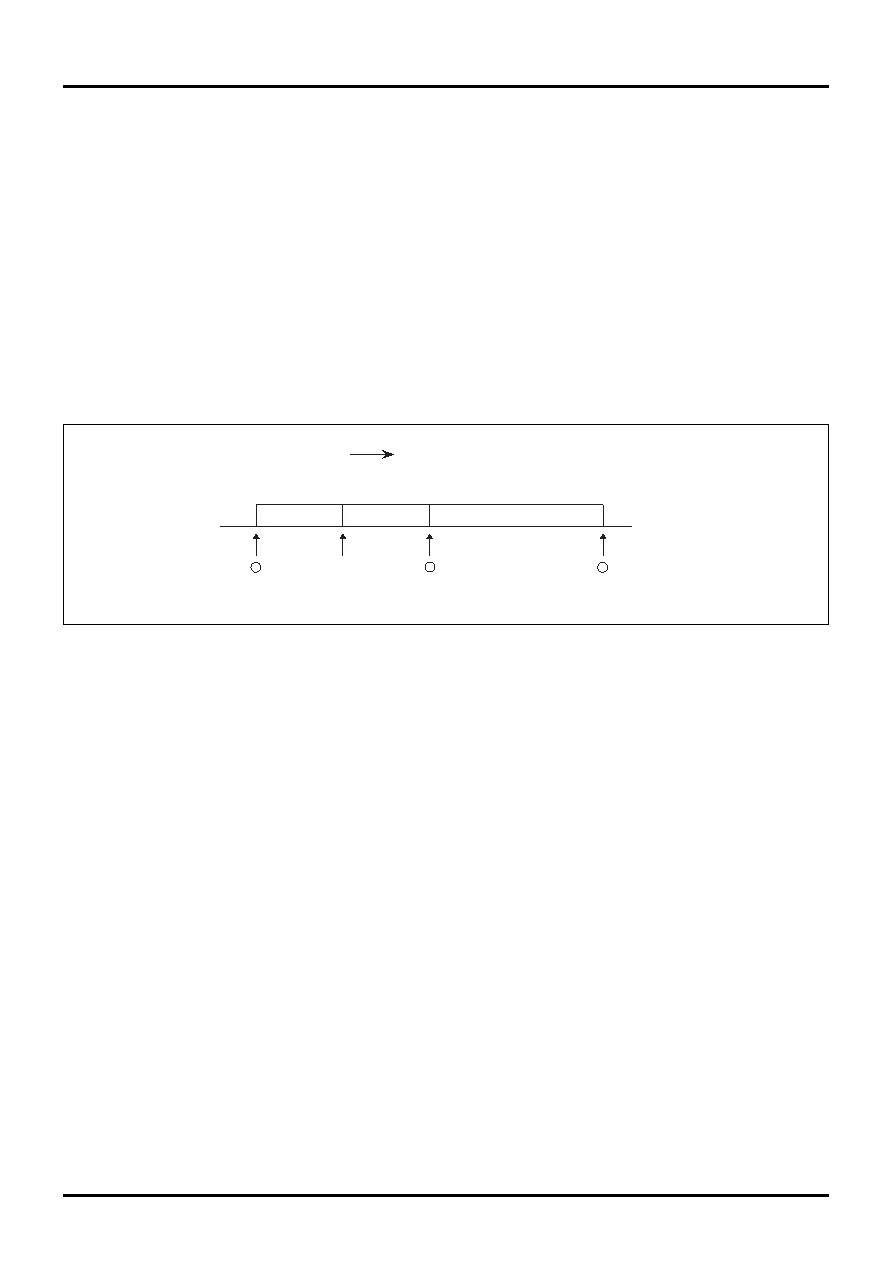- 您現(xiàn)在的位置:買賣IC網(wǎng) > PDF目錄45033 > M37531E4V-XXXGP 8-BIT, OTPROM, 8 MHz, MICROCONTROLLER, PQFP32 PDF資料下載
參數(shù)資料
| 型號: | M37531E4V-XXXGP |
| 元件分類: | 微控制器/微處理器 |
| 英文描述: | 8-BIT, OTPROM, 8 MHz, MICROCONTROLLER, PQFP32 |
| 封裝: | 7 X 7 MM, 0.80 MM PITCH, PLASTIC, LQFP-32 |
| 文件頁數(shù): | 16/216頁 |
| 文件大小: | 1400K |
| 代理商: | M37531E4V-XXXGP |
第1頁第2頁第3頁第4頁第5頁第6頁第7頁第8頁第9頁第10頁第11頁第12頁第13頁第14頁第15頁當(dāng)前第16頁第17頁第18頁第19頁第20頁第21頁第22頁第23頁第24頁第25頁第26頁第27頁第28頁第29頁第30頁第31頁第32頁第33頁第34頁第35頁第36頁第37頁第38頁第39頁第40頁第41頁第42頁第43頁第44頁第45頁第46頁第47頁第48頁第49頁第50頁第51頁第52頁第53頁第54頁第55頁第56頁第57頁第58頁第59頁第60頁第61頁第62頁第63頁第64頁第65頁第66頁第67頁第68頁第69頁第70頁第71頁第72頁第73頁第74頁第75頁第76頁第77頁第78頁第79頁第80頁第81頁第82頁第83頁第84頁第85頁第86頁第87頁第88頁第89頁第90頁第91頁第92頁第93頁第94頁第95頁第96頁第97頁第98頁第99頁第100頁第101頁第102頁第103頁第104頁第105頁第106頁第107頁第108頁第109頁第110頁第111頁第112頁第113頁第114頁第115頁第116頁第117頁第118頁第119頁第120頁第121頁第122頁第123頁第124頁第125頁第126頁第127頁第128頁第129頁第130頁第131頁第132頁第133頁第134頁第135頁第136頁第137頁第138頁第139頁第140頁第141頁第142頁第143頁第144頁第145頁第146頁第147頁第148頁第149頁第150頁第151頁第152頁第153頁第154頁第155頁第156頁第157頁第158頁第159頁第160頁第161頁第162頁第163頁第164頁第165頁第166頁第167頁第168頁第169頁第170頁第171頁第172頁第173頁第174頁第175頁第176頁第177頁第178頁第179頁第180頁第181頁第182頁第183頁第184頁第185頁第186頁第187頁第188頁第189頁第190頁第191頁第192頁第193頁第194頁第195頁第196頁第197頁第198頁第199頁第200頁第201頁第202頁第203頁第204頁第205頁第206頁第207頁第208頁第209頁第210頁第211頁第212頁第213頁第214頁第215頁第216頁

4
4-17
EIT
32182 Group User’s Manual (Rev.1.0)
Figure 4.9.2 Timing at Which External Interrupt (EI) is Accepted
[EIT Processing]
(1) Saving SM, IE and C bits
The PSW register’s SM, IE and C bits are saved to the respective backup bits: BSM, BIE and BC.
BSM
←
SM
BIE
←
IE
BC
←
C
(2) Updating SM, IE and C bits
The PSW register’s SM, IE and C bits are updated as shown below.
SM
←
0
IE
←
0
C
←
0
(3) Saving the PC
The content of the PC register (always on word boundary) is saved to the BPC register.
(4) Branching to the EIT vector entry
The CPU branches to the address H’0000 0080 in the user space. However, when operating in flash E/W enable
mode, the CPU goes to the beginning of the internal RAM (address H’0080 4000). (For details, see Section 6.5,
“Programming the Internal Flash Memory.”) This is the last operation performed in hardware preprocessing.
(5) Jumping from the EIT vector entry to the user-created handler
The CPU executes the BRA instruction written by the user at the address H’0000 0080 of the EIT vector
entry to jump to the start address of the user-created handler. At the beginning of the user-created EIT
handler, first save the BPC and PSW registers and the necessary general-purpose registers to the stack.
Also, save the accumulator and FPSR register as necessary.
4.9.3 External Interrupt (EI)
An external interrupt is generated upon an interrupt request which is output by the microcomputer’s internal
interrupt controller. The interrupt controller manages interrupt requests by assigning each one of seven priority
levels. For details, see Chapter 5, “Interrupt Controller.” For details about the interrupt request sources, see each
section in which the relevant internal peripheral I/O is described.
[OccurrenceConditions]
External interrupts are managed based on interrupt requests from each internal peripheral I/O by the
microcomputer’s internal interrupt controller, and are sent to the CPU via the interrupt controller. The CPU checks
these interrupt requests at a break in instructions residing on word boundaries, and when an interrupt request is
detected and the PSW register IE flag = "1", accepts it as an external interrupt.
In no case will an external interrupt be activated immediately after executing a 16-bit instruction that starts from
a word boundary. (For 16-bit branch instructions, however, the interrupt is accepted immediately after branching.)
4.9 Interrupt Processing
16-bit instruction
Order in which instructions are executed
32-bit instruction
Address 1000
Address 1002
Address 1004
Address 1008
Interrupt may
be accepted
×
Interrupt cannot
be accepted
16-bit instruction
Interrupt may
be accepted
Interrupt may
be accepted
相關(guān)PDF資料 |
PDF描述 |
|---|---|
| M37531M4T-XXXSP | 8-BIT, MROM, 8 MHz, MICROCONTROLLER, PDIP32 |
| M37531M4V-XXXGP | 8-BIT, MROM, 8 MHz, MICROCONTROLLER, PQFP32 |
| M37531E8FP | 8-BIT, OTPROM, 8 MHz, MICROCONTROLLER, PDSO36 |
| M37531E4GP | 8-BIT, OTPROM, 8 MHz, MICROCONTROLLER, PQFP32 |
| M37531E8SP | 8-BIT, OTPROM, 8 MHz, MICROCONTROLLER, PDIP32 |
相關(guān)代理商/技術(shù)參數(shù) |
參數(shù)描述 |
|---|---|
| M37531E8FP | 制造商:MITSUBISHI 制造商全稱:Mitsubishi Electric Semiconductor 功能描述:SINGLE-CHIP 8-BIT CMOS MICROCOMPUTER |
| M37531E8SP | 制造商:MITSUBISHI 制造商全稱:Mitsubishi Electric Semiconductor 功能描述:SINGLE-CHIP 8-BIT CMOS MICROCOMPUTER |
| M37531M4 | 制造商:MITSUBISHI 制造商全稱:Mitsubishi Electric Semiconductor 功能描述:SINGLE-CHIP 8-BIT CMOS MICROCOMPUTER |
| M37531M4-606SP | 制造商:MITSUBISHI 制造商全稱:Mitsubishi Electric Semiconductor 功能描述:SINGLE-CHIP 8-BIT CMOS MICROCOMPUTER |
| M37531M4-680FP | 制造商:MITSUBISHI 制造商全稱:Mitsubishi Electric Semiconductor 功能描述:SINGLE-CHIP 8-BIT CMOS MICROCOMPUTER |
發(fā)布緊急采購,3分鐘左右您將得到回復(fù)。